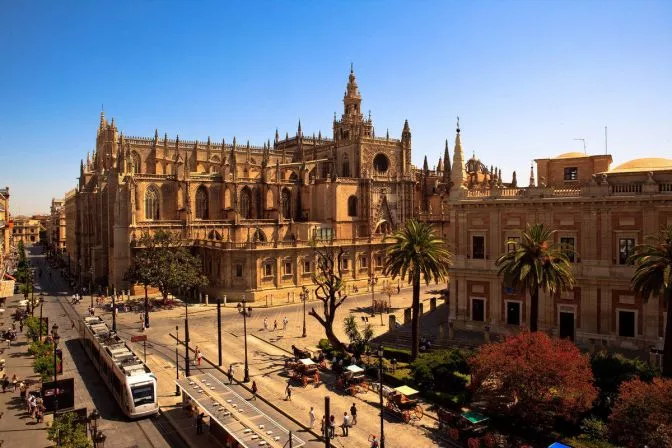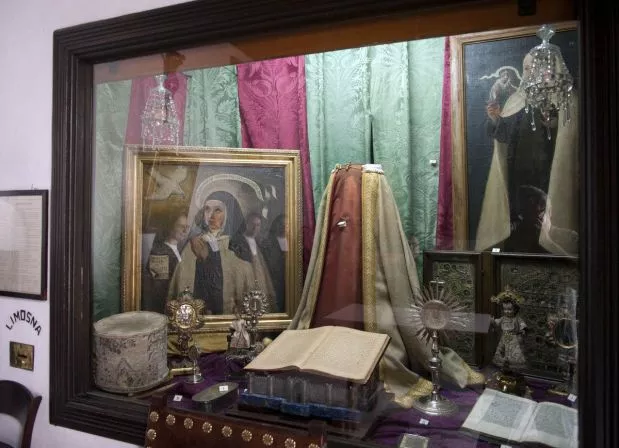Sevilla
1575
Seville is a unique city. The hospitality of its people, its mark on history, its cultural and monumental heritage, its gastronomy and its climate are just a few of the many reasons that take visitors to the city.
Teresian places
St Teresa of Jesus arrived in Seville on 26 May 1575, accompanied by a few nuns and after a journey that was somewhat complicated, as was to be her stay here. At the time, Seville was the most populated city of Spain and the main port to the Indies.
Besides the Cathedral, it had thirty parish churches, more than one hundred hospitals and chapels and representatives from every religious order.
St Teresa arrived to found a new convent in the city, her eleventh, commissioned by Father Gracián.
When the nuns moved into a rented house, the Saint did not want to leave Seville until the community had its own building. As a result, she stayed here until 1576, which is when they moved to Calle Zaragoza.
Ten years later, in search of a quieter place near the Indies pier, the community moved to its current venue in Santa Cruz and they were helped by St John of the Cross. Interestingly, the Saint never saw the place.
The Convent of San José (Las Teresas) conserves a considerable number of relics that are exhibited for the general public, including the only portrait of the Saint painted while she was alive and the original manuscript of Las Moradas.
The Castle of San Jorge is also of interest for visitors to understand St Teresa’s time in Seville as it was home to the Court of the Inquisition and the Carthusian Monastery, which she visited occasionally.
Tourist Office
Plaza del Triunfo nº 1, 41004. Sevilla
954 21 00 05
Opening Times
Monday to Friday from 09:00 to 19:30.
Saturdays, Sundays and public holidays: 09:30 to 19:30.
www.visitasevilla.es


